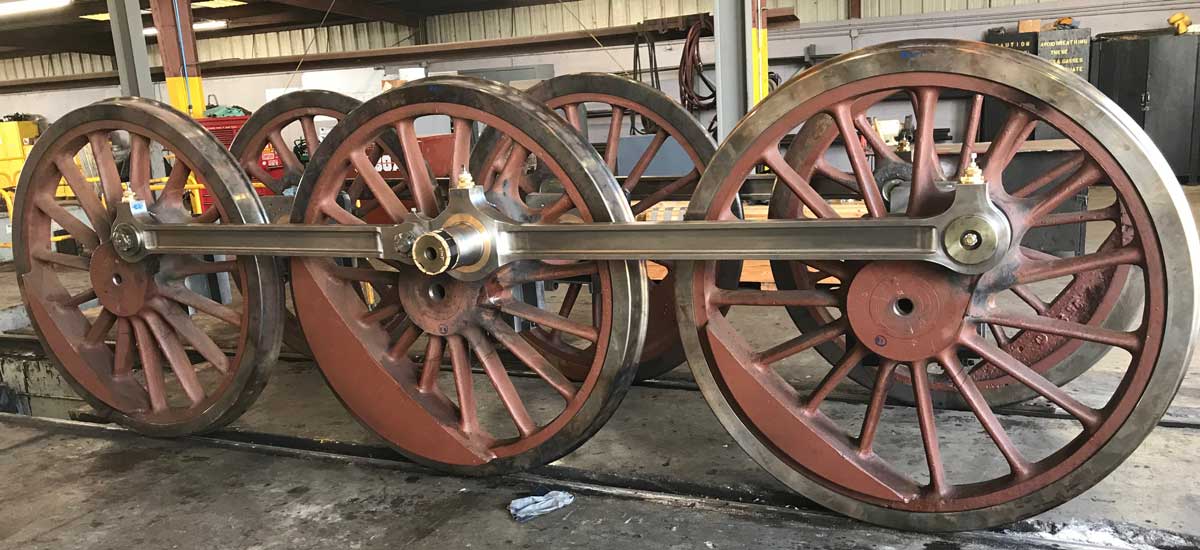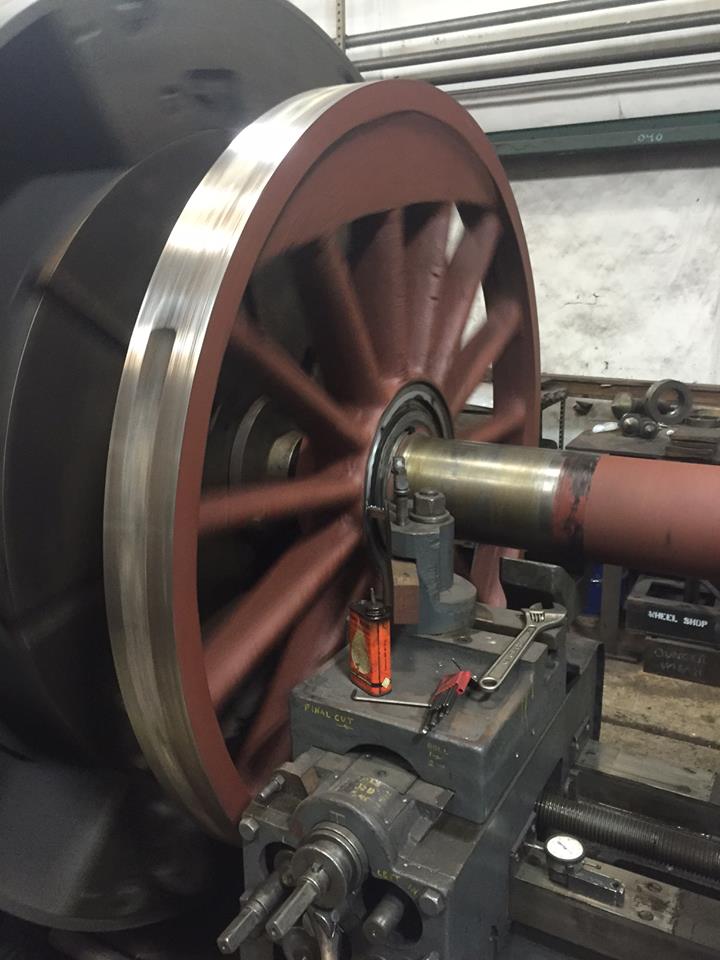FMW Solutions LLC (FMW) was retained by Historic Watertown, Inc. (HWI) to manage the removal and transport of a 110 foot long turntable from Atlanta, Georgia, to Watertown, Tennessee. The turntable was graciously donated by CSX Transportation to HWI for preservation and installation in support of excursion trains operated by the Tennessee Central Railway Museum and, in the future, by the Nashville Steam Preservation Society.
With a very tight timeline, FMW collaborated with heavy lifting and transport firm Mammoet to undertake the move. FMW handled the railroad coordination, turntable disassembly, and overall project management, while Mammoet oversaw lifting and transport of the turntable. Working hand-in-hand, Mammoet and FMW disassembled, lifted, and transported the turntable and associated hardware from Atlanta to Watertown in just a few short weeks.
The turntable was delivered to Watertown in early January 2019, and its installation for use by the railroad and preservation groups is scheduled to take place in the coming years.

















